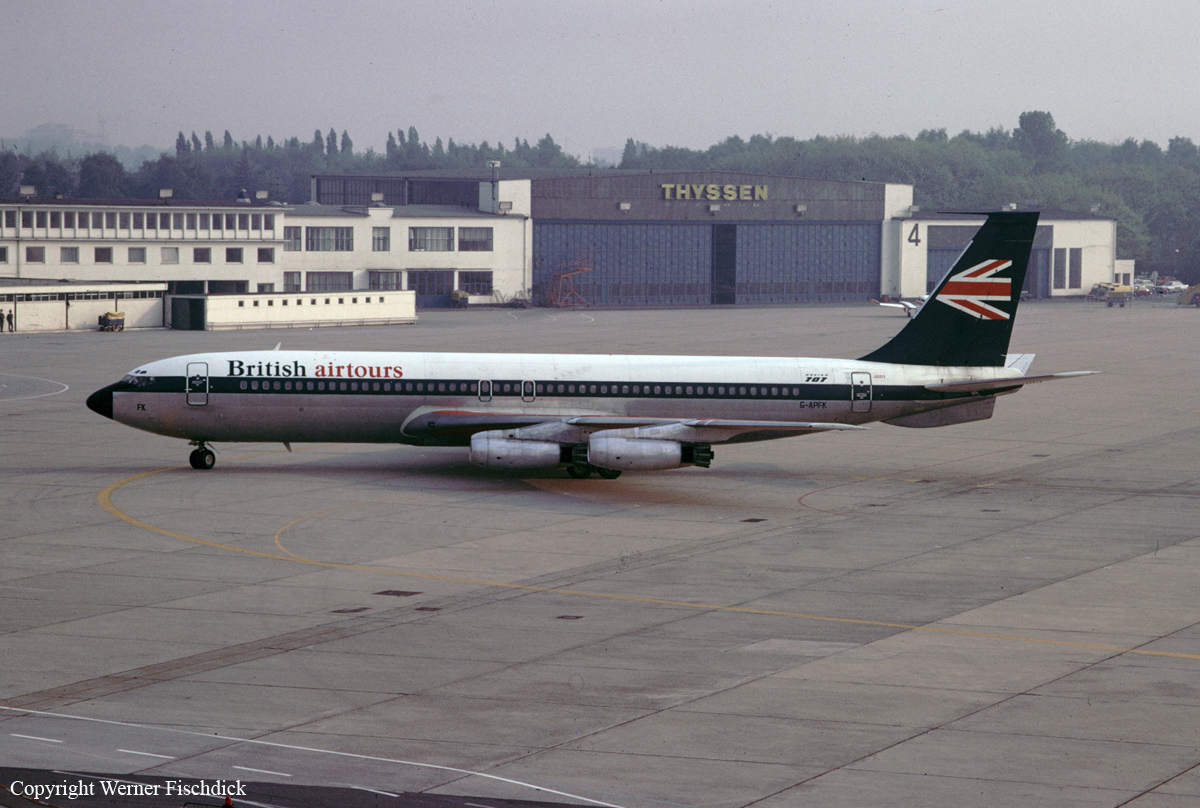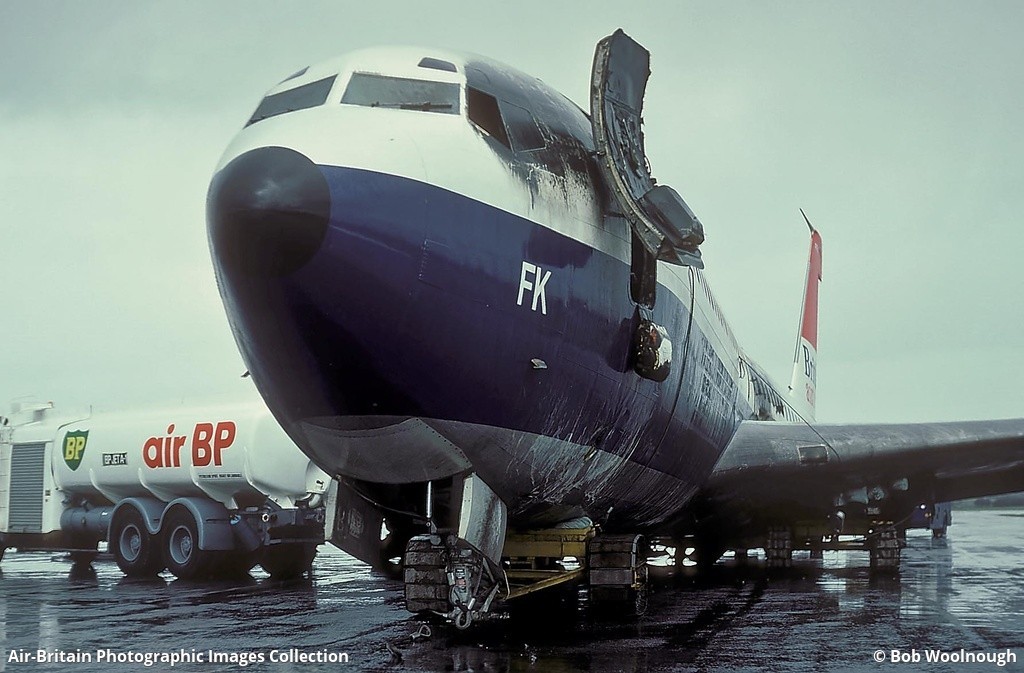Crash of an Ilyushin II-14FKM in Penyok: 6 killed
Date & Time:
Apr 5, 1977 at 1500 LT
Registration:
CCCP-61675
Survivors:
No
Schedule:
Novosibirsk - Novosibirsk
MSN:
6 34 21 06
YOM:
1957
Crew on board:
6
Crew fatalities:
Pax on board:
0
Pax fatalities:
Other fatalities:
Total fatalities:
6
Aircraft flight hours:
29251
Aircraft flight cycles:
21779
Circumstances:
The crew was engaged in a training flight out from Novosibirsk-Severny Airport. En route, while in cruising altitude, the crew simulated a failure of the left engine and gave maximum right rudder, leading to an aerodynamic overbalancing and resulting to a side-slip (it was impossible to return the rudder to the neutral position in this situation). The aircraft went out of control, entered a dive and crashed in a snow-covered swampy bush land located near the village of Penyok, some 91 km of the Novosibirsk-Tolmachevo Airport. All six crew members were killed.












